
Moderator
Yaman Shao
Director of ALIEN Art
Attendee
Gary Chang
Founder of EDGE DESIGN
Yaman:When Art, Science, Engineering, and Design constructs a loop that prompt the civilization evolvement, we transform our questions to cultural behavior into wiser application of natural resourcing. The transformative process is where we are interested in. When we deconstruct the mirrored information that is brought by the exhibition «Daisuke Miyatsu: 25 years of video art» (1994-2020), we look into the potentiality that could be transformed into the knowledge that applies to our environmental design. Considering the geo-cultural similarity, ALIEN Art from Kaohsiung is delighted to invite EDGE DESIGN from Hong Kong in conversation with this topic. We are glad to have Gary Chang, founder of EDGE DESIGN, open us with a dialogue from the Scientific and Engineering point of view, which would lead to how we transform the cultural thinking of Art and Design into the practice of our reality.
Yaman:The colonial background of Hong Kong is similar to that of Taiwan, and the diversified coexistence of developed cities also has similarities. However, the culture derived from such a spatial and temporal background produces diversity, which is reflected in architectural craftsmanship and spatial design.
From your point of view on space handling, how to understand the cultural commonality between Hong Kong and Taiwan in treating space?
Gary:In Hong Kong, the Colonial era of architecture are by and large represented in the style of expression of the individual structures/buildings; they were very much adjusted to unique climatic conditions of the sub-tropical weather in Hong Kong though, most evident in the extensive applications of verandahs and louvres shutters to create sun shading and facilitate air flow during the hotter summer seasons.
Urbanistically, on one hand, the largely axial planning for the civic places mostly in Central District were clearly present; while on the other hand, a very sensitive Co-existence of the natural topography especially at the very hilly slopes of the Northern part of the Hong Kong Island are evident.
In Taiwan, while both the Japanese and Western stylistic references are clearly demonstrated in the era of half a century of Japanese occupation, to me, the most vivid Japanese way of life in the urban planning is indeed the neighbourhood infra-structure, the system of roads, lanes and alleys are pretty much “imported” from Japan.
The co-existence of various influences as evident in Hong Kong and Taiwan demonstrate a rich palette of city planning and associated diversity of lifestyles in places where “only the fit will survive”, while local people and the authority are not totally concerned with the “purity” of intents.
I would consider this hybrid intent a most inspiring and positive by-product of colonialism.
Yaman:In the current "Miyazu Daisuke 25-Year Video Art Collection Exhibition" in ALIEN Art Centre, eight representative Asian contemporary artists' works are exhibited, one of them is "Monkey Dance in White Building", the "White Building in Phnom Penh" in Cambodia ", symbolizing a country’s longing for a post-colonial ideal country, but after its completion, it has experienced a certain changes in society, and it has become a dilapidated space, and finally became a resident form of relatively low-income workers-for Belief and ideal understanding have become a reflection of the changing times. From your perspective, how to cut into the imagination of Asian culture for an ideal life? And when it comes to the inheritance of sustainable space, what kind of life design will we adapt to the future life style?
Gary:The example illustrated shows that the city is a large matrix of considerations and associations, nothing including architecture could escape from factors embracing politics, religion, social and community implications.
Whereas all these factors are changing with time, of we treasure the memory and history of a place, we have to endeavour to imaginatively and creatively sustain the life of a structure by injecting new programmes/functions bravely while recognising the new way and need of life, as well as the economic reality of the area.
The forever major challenge is how to enable people from all walks of life to enjoy and experience the re-structured places and not end up being a refuge for only a selected group of priviledged people, and definitely not purely for tourism.
Once the place becomes a popular venue for people, the safety and hygiene and various conditions would thrill and survive.
In this respect, I am always against the idea to turn all these very engaging pieces of history into only as museums which are so static and unimaginative.
Yaman:The core of this exhibition highlights that the cultures of eight East Asian countries have completely different social behaviors due to their different era (colonial) backgrounds. Among them, the "innovation", the most significant export, is generated by wandering on the "boundary". With the development of modern society, what kind of connection and coexistence do you have between "Hong Kong" and "Kaohsiung"? And what kind of human influence does it bring to Asian society?
Gary:To me, the “Edge” is where various or even conflicting ideas could co-exist, far away enough to enable ideas to flourish with minimal interference but close enough to bring influence and effects to the place.
Both Hong Kong and Kaohsiung are historically entrepôts which still exist today, Both as places that open for foreign influences and ideas, symbolically and physically serving as the region’s “windows” to the World, the local citizens are in general as a result have always been more willing to and reward to try new ideas.
In other words, these are perfect places to demonstrate the fact that we are not always different, perhaps, it would be more meaningful to explore how similar we are.
In contrast, I always think national and geographical boundaries are very artificial which shouldn’t stop people from creative and meaningful exchanges...deep down, we are all humans!, and this is essentially what matters most!
West Gate, 1999 © Gray Chang
Broadway Cinematheque,1995 © Gray Chang
© ALIEN ART CENTRE,Daisuke Miyatsu: 25 years of video art - A point of transit signals from East and South East Asia
Gray Chang in Conversation © Gary Chang
Yaman Shao in convensation © ALIEN ART CENTRE
© ALIEN ART CENTRE,Daisuke Miyatsu: 25 years of video art - A point of transit signals from East and South East Asia
© ALIEN ART CENTRE,Daisuke Miyatsu: 25 years of video art - A point of transit signals from East and South East Asia
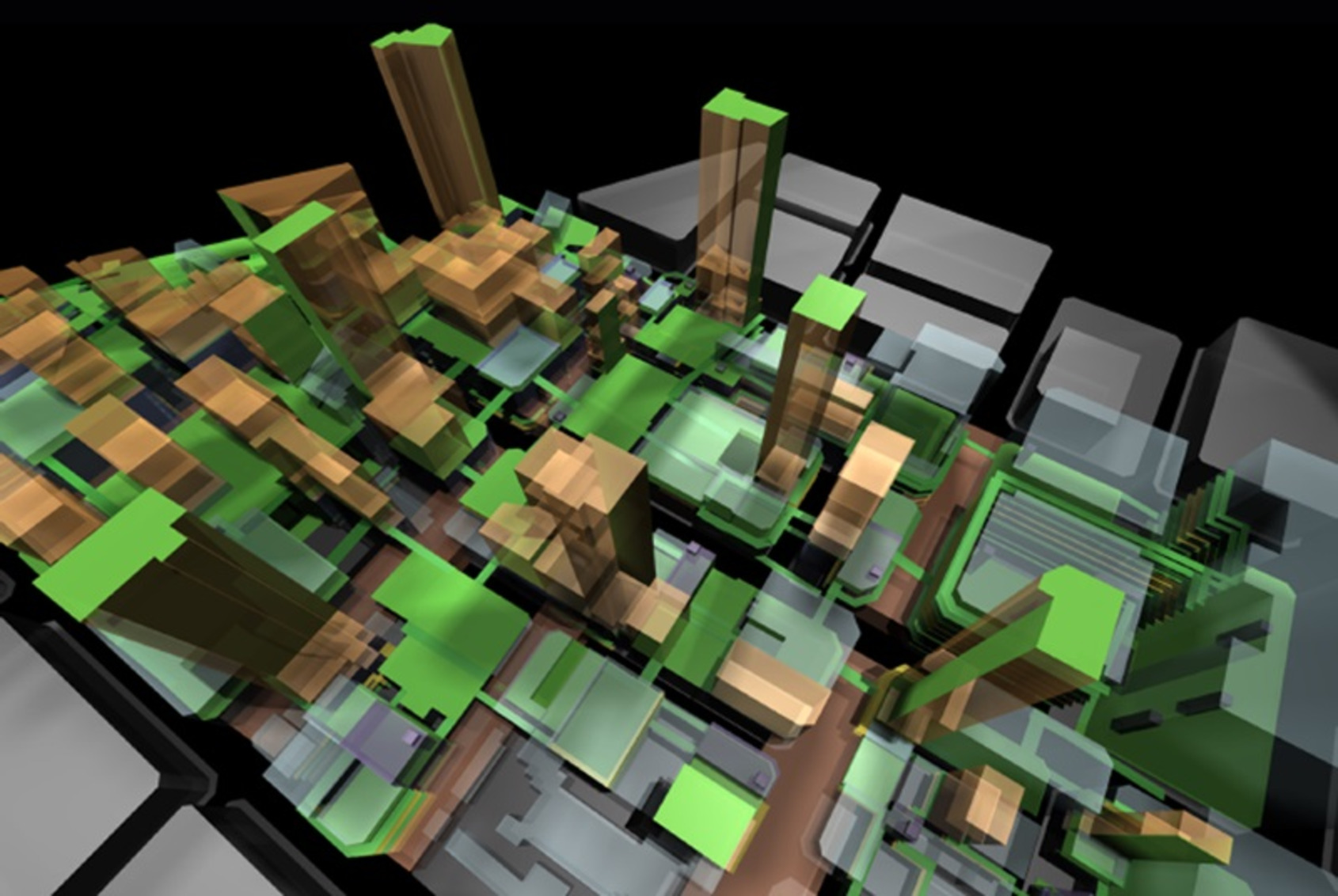
West Gate, 1999 © Gray Chang
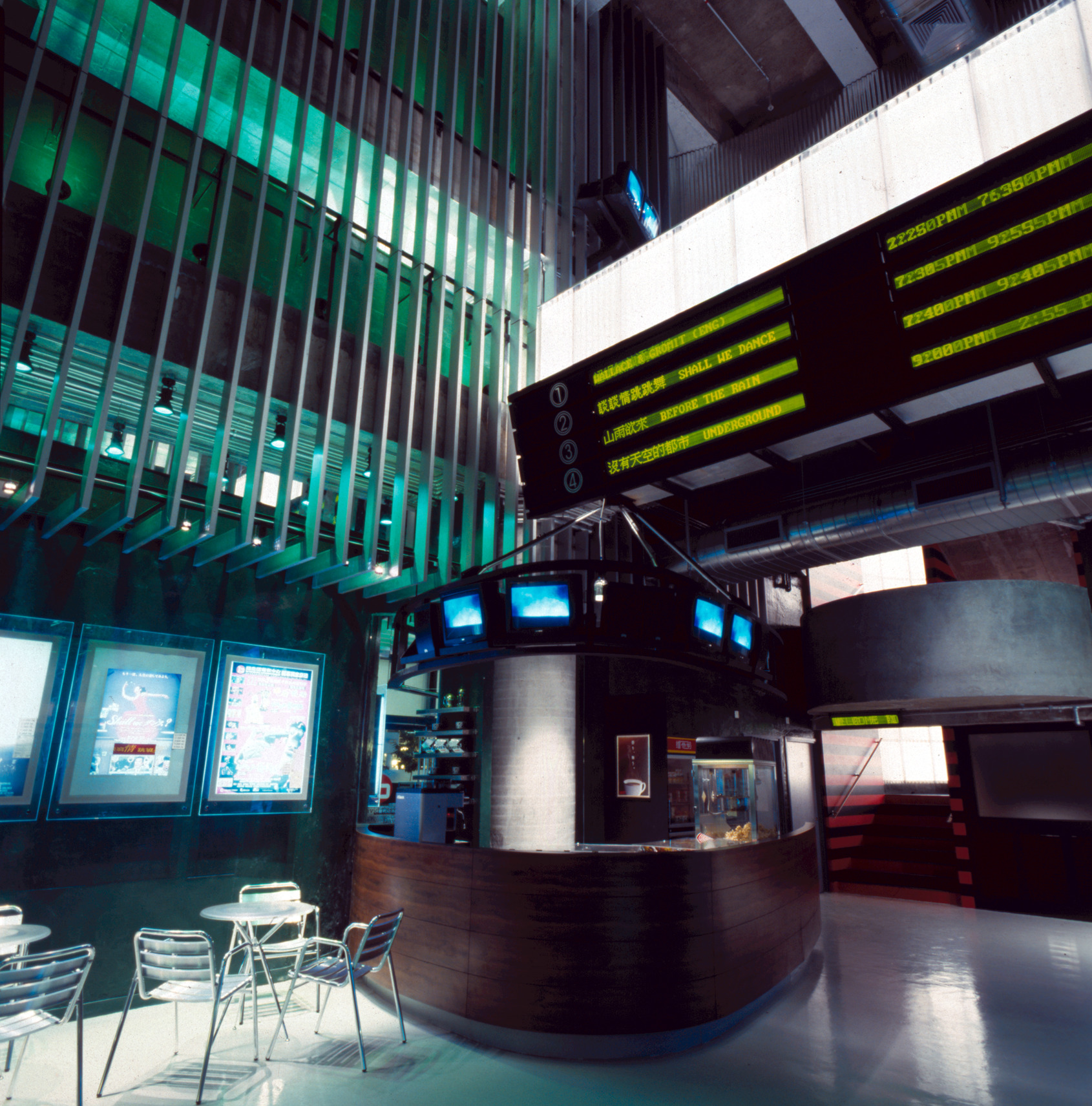
Broadway Cinematheque,1995 © Gray Chang
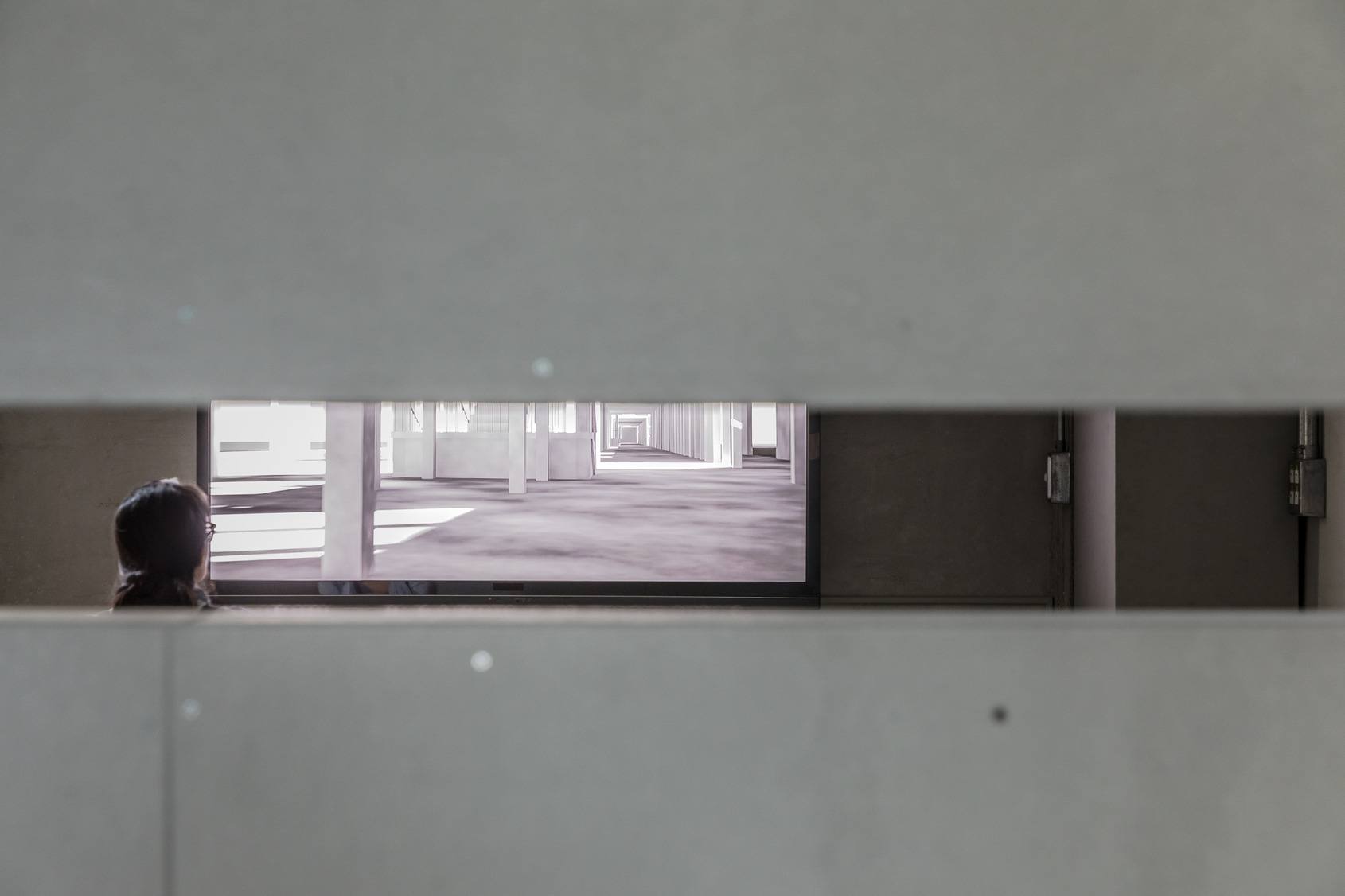
© ALIEN ART CENTRE,Daisuke Miyatsu: 25 years of video art - A point of transit signals from East and South East Asia
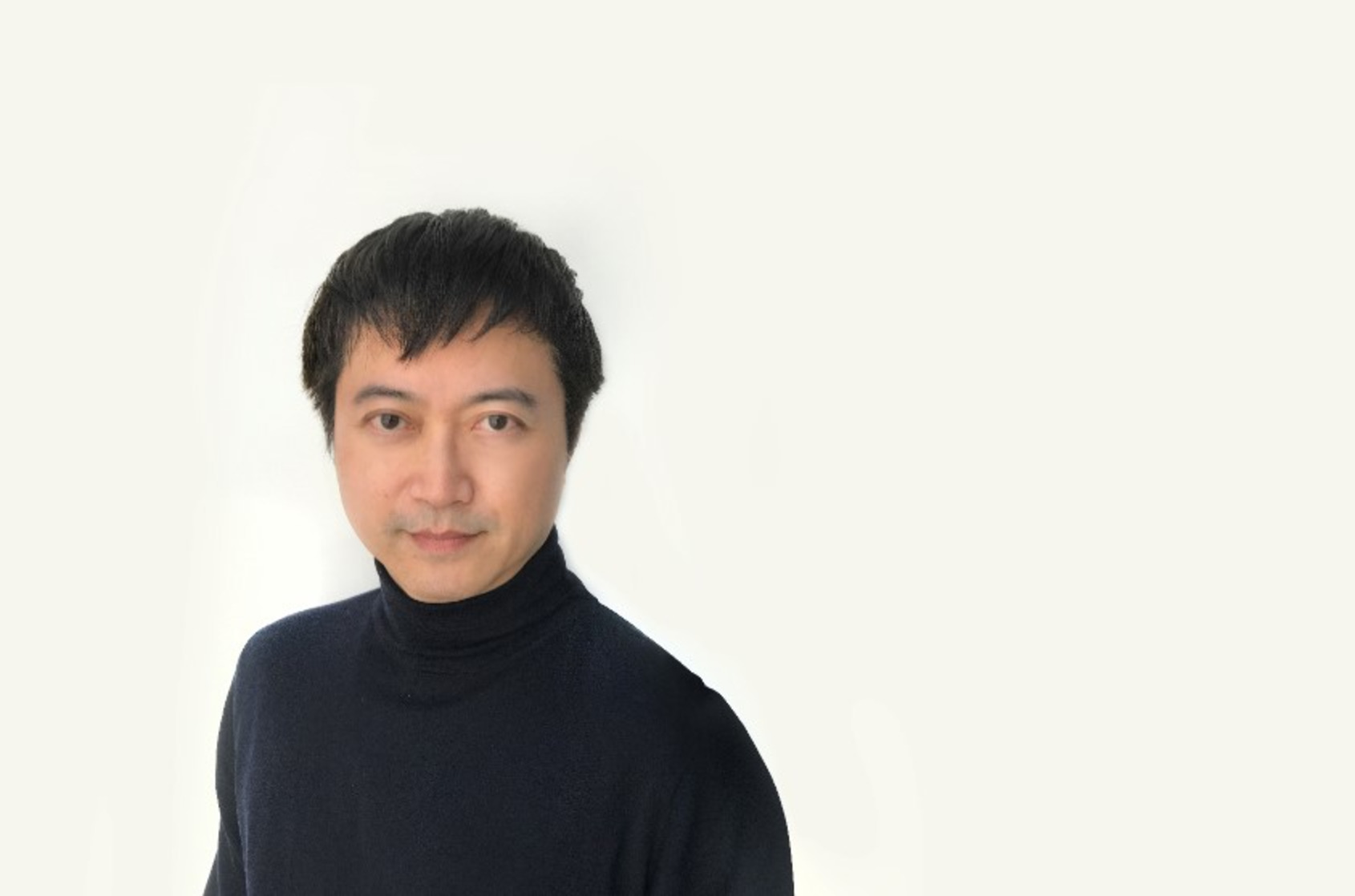
Gray Chang in Conversation © Gary Chang
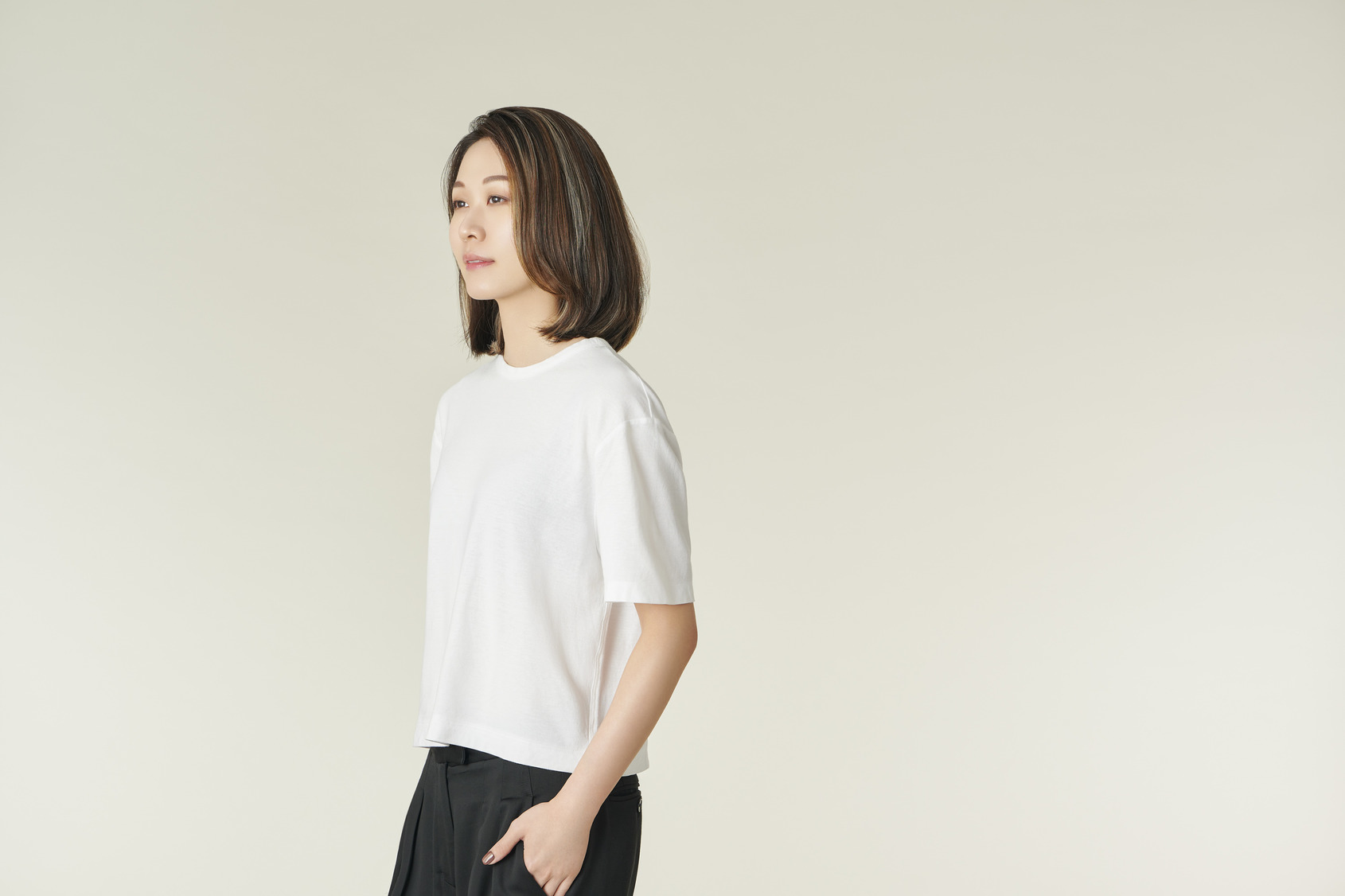
Yaman Shao in convensation © ALIEN ART CENTRE
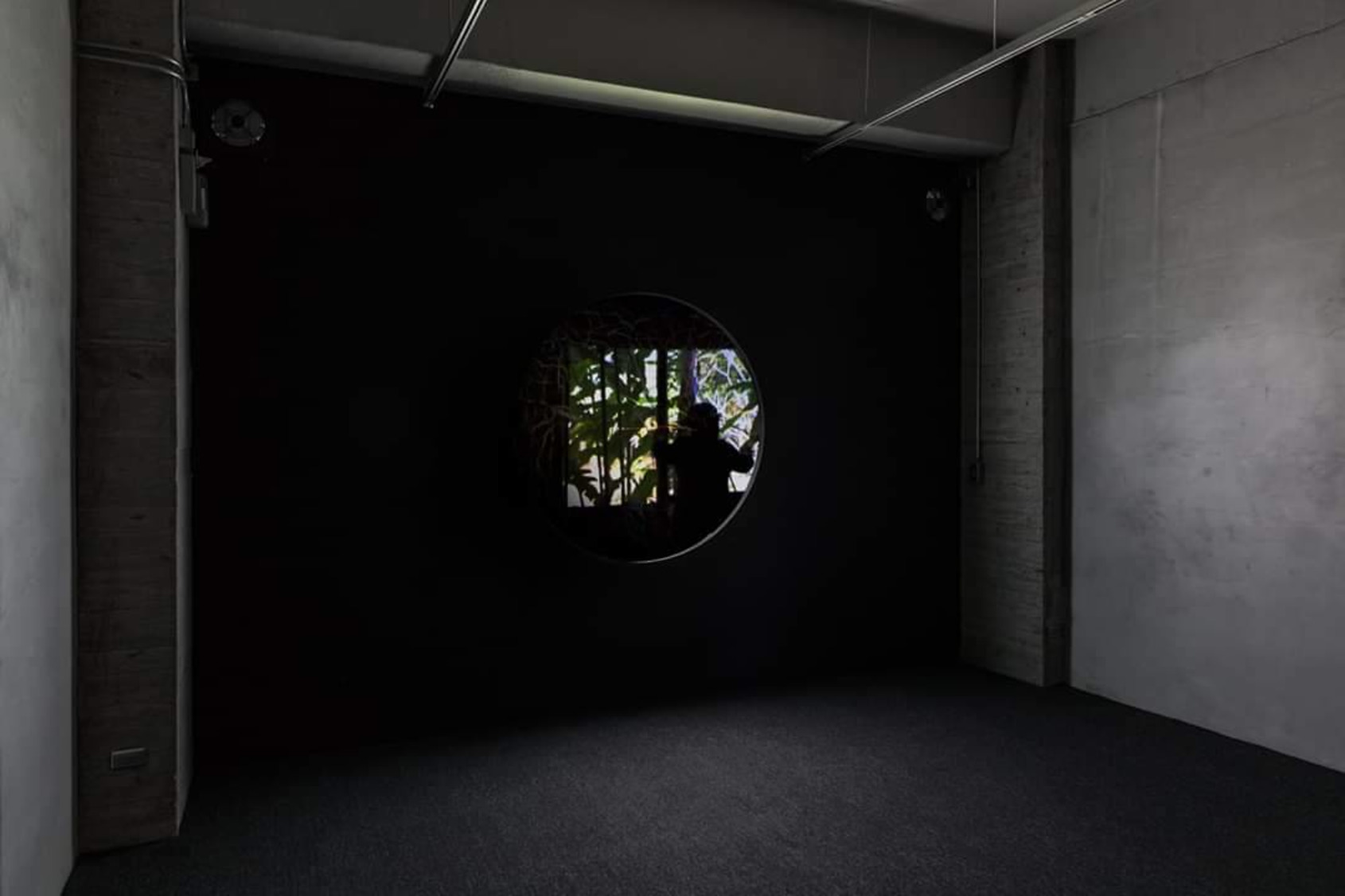
© ALIEN ART CENTRE,Daisuke Miyatsu: 25 years of video art - A point of transit signals from East and South East Asia
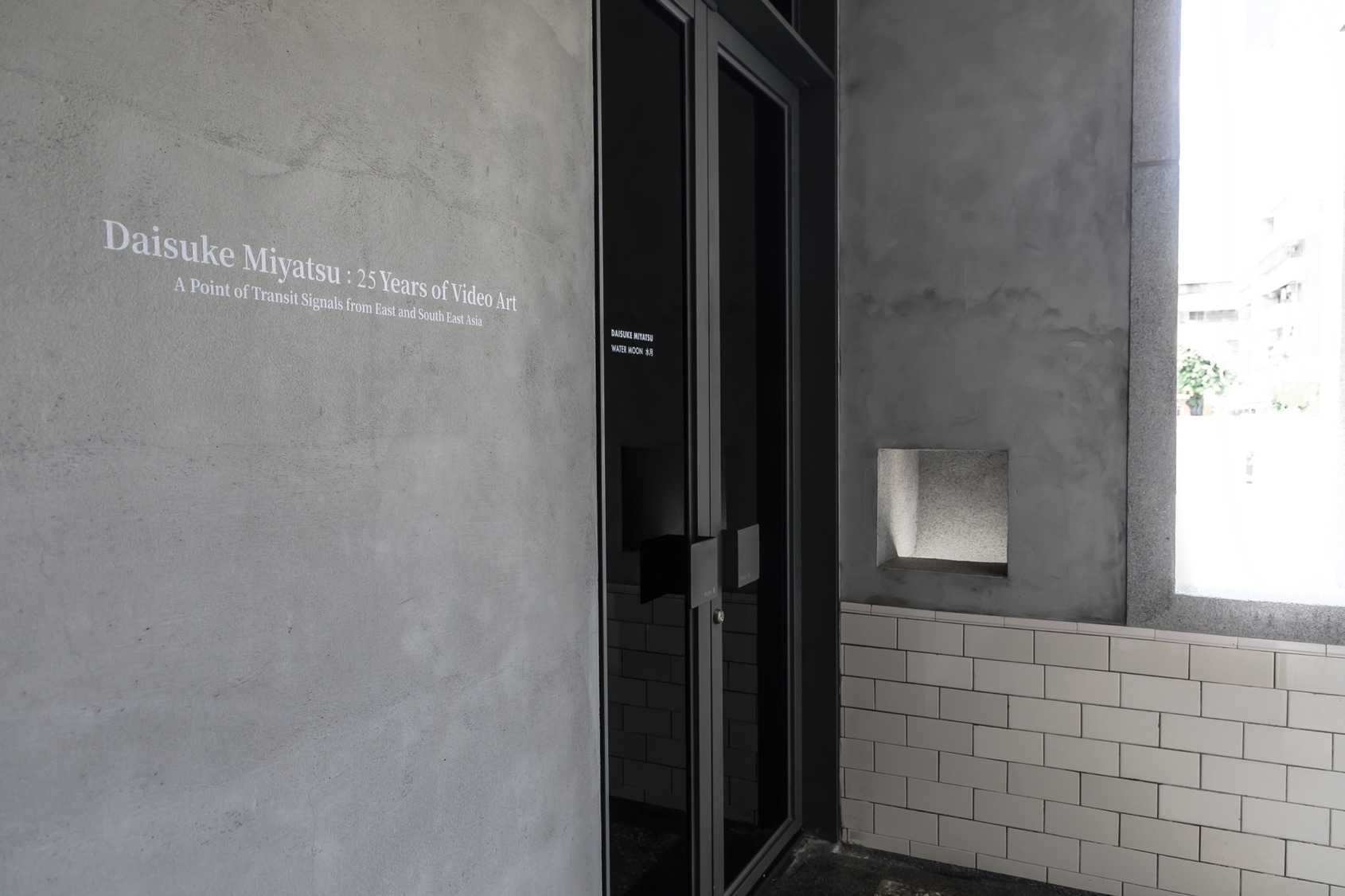
© ALIEN ART CENTRE,Daisuke Miyatsu: 25 years of video art - A point of transit signals from East and South East Asia